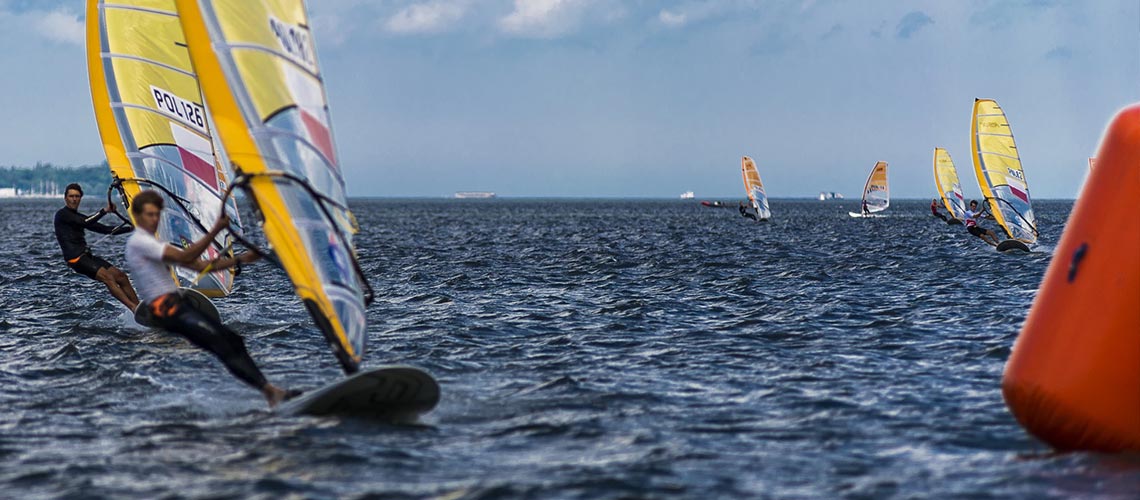Principles
Download the full version and rationale behind the NWSF's Principles for Water Safety.

Context
The National Water Safety Forum and its specialist Advisory Groups deal with a very wide range of water related activities and risks to people, the environment, and economic activity. Each of these activities and their associated risks in turn involve a number of different persons or organisations with responsibilities or interests (the stakeholders) ranging from participants in water related activity, to responsibilities for managing a facility or waterspace. Devising safety management arrangements which are fair, proportionate, and consistent for all these stakeholders can be complex and achieving a consistency of approach across the range of water-related activities even more so.

Context
Against this background, the Forum decided it needed a set of Principles which would assist in its prime objective of providing a 'one stop shop' for water safety advice by setting down the basis on which advice and guidance could be framed. The Principles set out below are based on established risk and safety management principles and practice. In particular they draw on the following:
- HSE Reducing Risks, Protecting People
- Visitor Safety in the Countryside Group - Guiding Principles
- Greater London Authority - Principles for Water Safety
- The Principles of Good (Better) Regulation
- The Principles of Managing Risks to the Public
- Case law

Context
The principles are written primarily for the guidance of the NWSF Co-ordinating Group and the NWSF Advisory Groups in their role as providers of a focal point for water safety advice and guidance. They should also be of assistance to others with interests in water safety issues wanting to know more about the way in which the NWSF reaches its decisions.
Organisations with statutory responsibilities should take these Principles into account when developing their arrangements for risk management within the limits of their statutory responsibilities and powers. Similarly, organisations such as sports governing bodies and special interest groups who represent participants and have influence over many aspects of development of their water-related activity, should take these Principles into account in their work. These Principles have been approved by the Government Inter-Departmental Group on water safety.

Fundamentals
No activity can be made completely risk-free.

Fundamentals
Risks imposed on non-participants and over which they have little or no awareness or control, can only be accepted if they are very low.
The principle of the voluntary acceptance of risk - no nasty surprises.

Fundamentals
All the benefits of water-related activities will be taken into account when making the balanced judgement of whether risks are acceptable or further risk control measures are necessary.
These benefits will include amongst others health and fitness, access to the countryside and coast, social inclusion, economic development, disability access and sporting objectives.

Fundamentals
As above, all the disbenefits and costs of water-related activity will similarly be taken into account.
These include provision of rescue services, access restrictions, transfer to riskier activities (e.g. swimming in docks when pools close).

Fundamentals
As far as possible, avoid restricting access to water spaces or facilities.

Fundamentals
Look ahead by assessing the risks that can be foreseen.

Fundamentals
Learn from the past.
These include provision of rescue services, access restrictions, transfer to riskier activities (e.g. swimming in docks when pools close).

Fundamentals
As far as possible, avoid additional regulatory controls.
These should only be considered where accident rates are high, multiple casualties occur, children or elderly or disabled persons are involved, the risk is unclear to participants or affects non-participants (i.e. an involuntary risk).

Responsibility
It is important to strike a balance between the self-reliance of the individual participant and management interventions.
The greater the competence and risk-awareness of the participant, the greater the scope for the managing organisations not to intervene. Many benefits of water-based activities can be realised by encouraging self-reliance, not dependency on a managing organisation.

Responsibility
Everyone involved in a water-related activity has some responsibility for ensuring their own safety.
Includes participants complying with best practice as set down by sports governing bodies, and ensuring they are not impaired by drink or drugs.

Responsibility
Recognise that statutory bodies and organisations with management responsibilities may have only limited powers to require or enforce.

Responsibility
Avoid as far as possible the use of risk controls which, discourage people from participating in the organisation or management of an activity.
Many activities rely on the active support of non-participants, often given voluntarily. Excessive or insensitively applied risk controls can discourage this support and even threaten the continuance of the activity.

Responsibility
Recognise that children's risk perception skills will not be fully developed.
This must be taken into account in the design of facilities and activities, and by parents/guardians in the supervision of children.

Partnership
Recognise that people taking part in similar activities will accept different levels of risk.
Take this into account when planning facilities or activities. Higher levels of participant competence may offset the need for other types of risk control.

Partnership
Recognise that risk control measures for one participant group may create risks to others.
For example, fences erected to prevent people falling into water may impede rescues of people from the water.

Partnership
Work with groups representative of participants to promote understanding and resolve conflict.

Partnership
Collect incident data in partnership with others wherever possible.
This will increase greatly the value of the collected data.

Awareness
Ensuring that participants are aware of and understand potential hazards and risks is the key element in ensuring that risks are undertaken voluntarily.
There are no nasty surprises awaiting participants.

Awareness
Information and education of participants about the nature and extent of hazards, the risk control measures in place, and the precautions, which the participants should take, are crucial elements of risk control.

Awareness
Wherever possible, integrate safety information with other information provided to the public.
These could include leaflets, interpretation boards and websites.

Competence
Recognise that some participants over-estimate their skills and abilities to a large degree.
For example young men and swimming.

Competence
Recognise that participants will have a range of abilities to recognise any given hazard. Some will over-estimate while others will under-estimate and sometimes fail to recognise a hazard exists.

Competence
Where competence levels are judged to be inadequate the NWSF will encourage training to improve competence.

Communication
Managing organisations, sports governing bodies and user representative groups need to effectively communicate the results of risk assessments and risk awareness material to the participants.

Communication
When communicating to actual or potential participants, take account of the language, literacy and cultural needs of the target audience.
